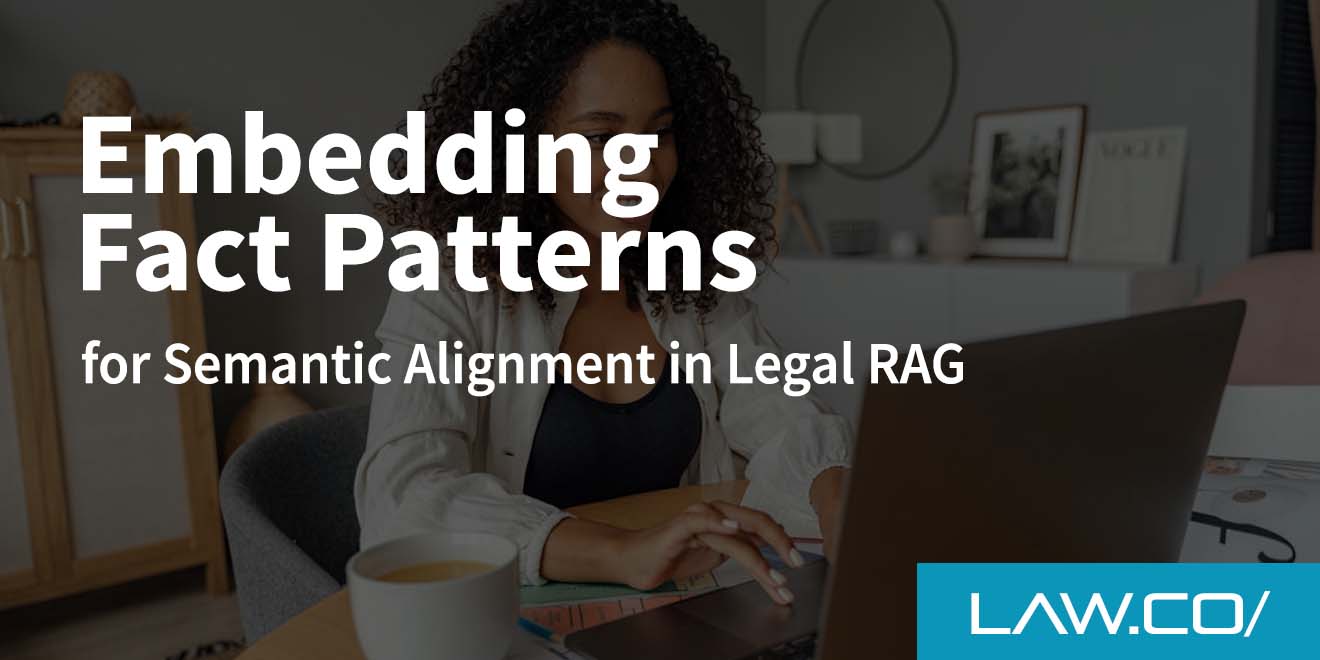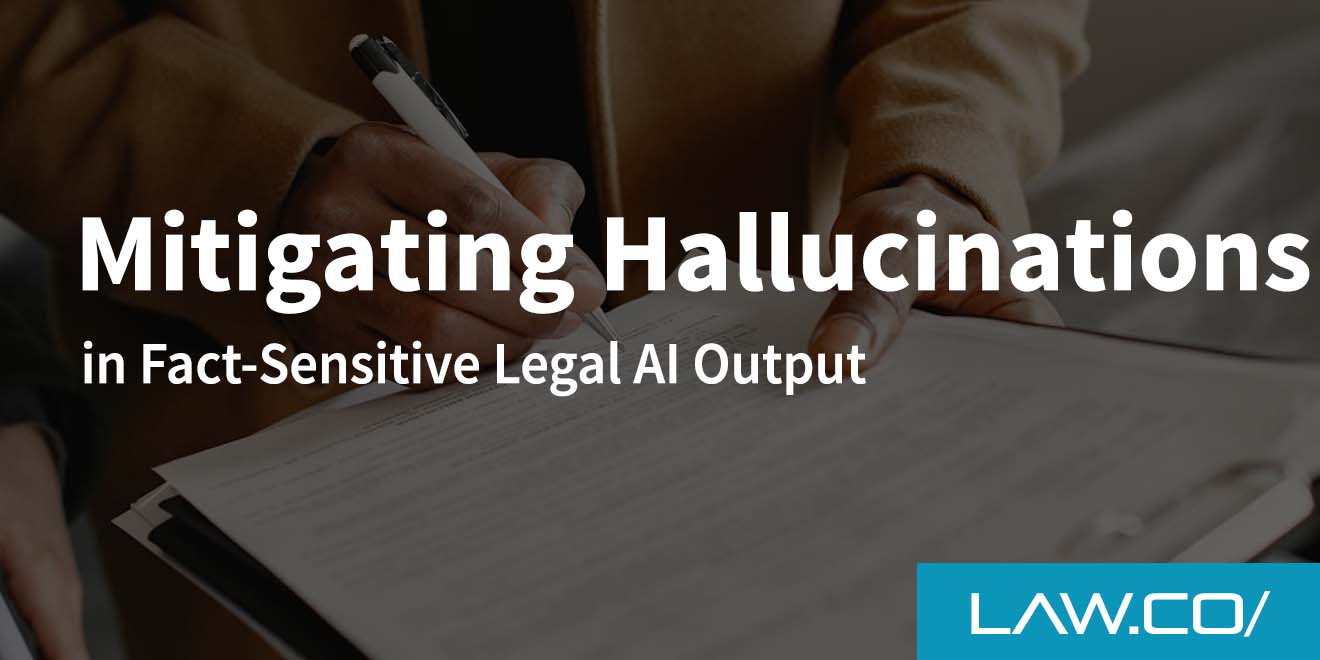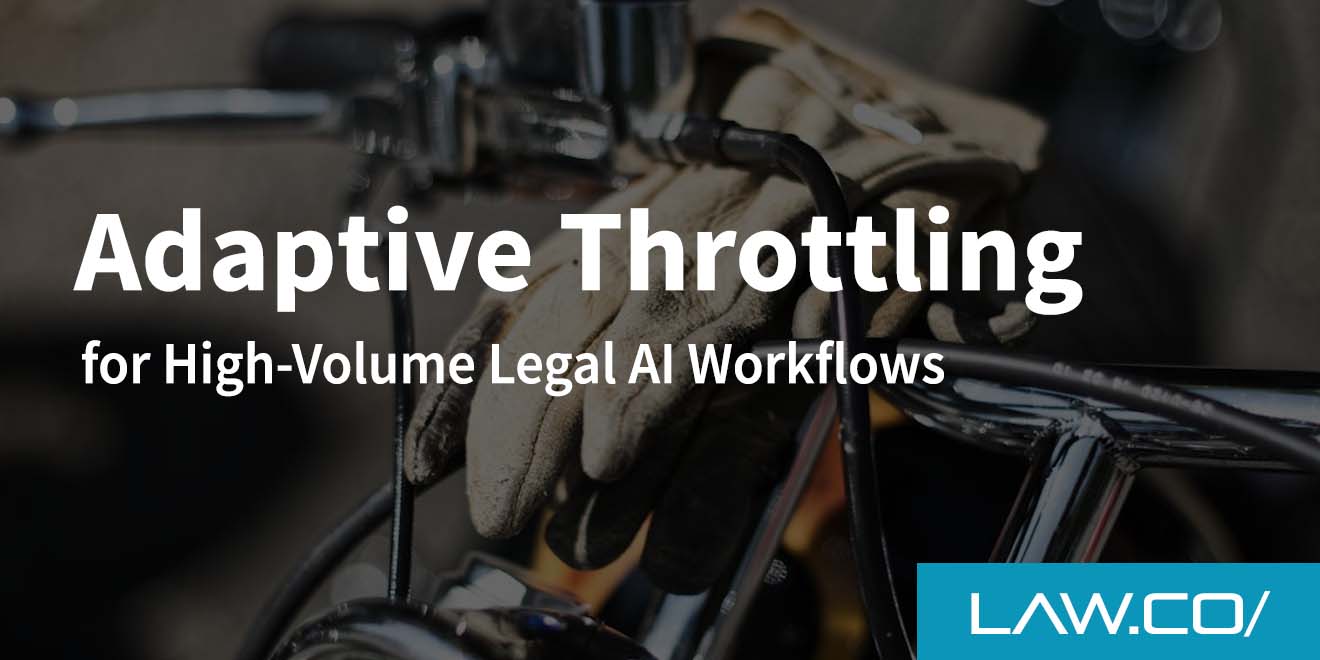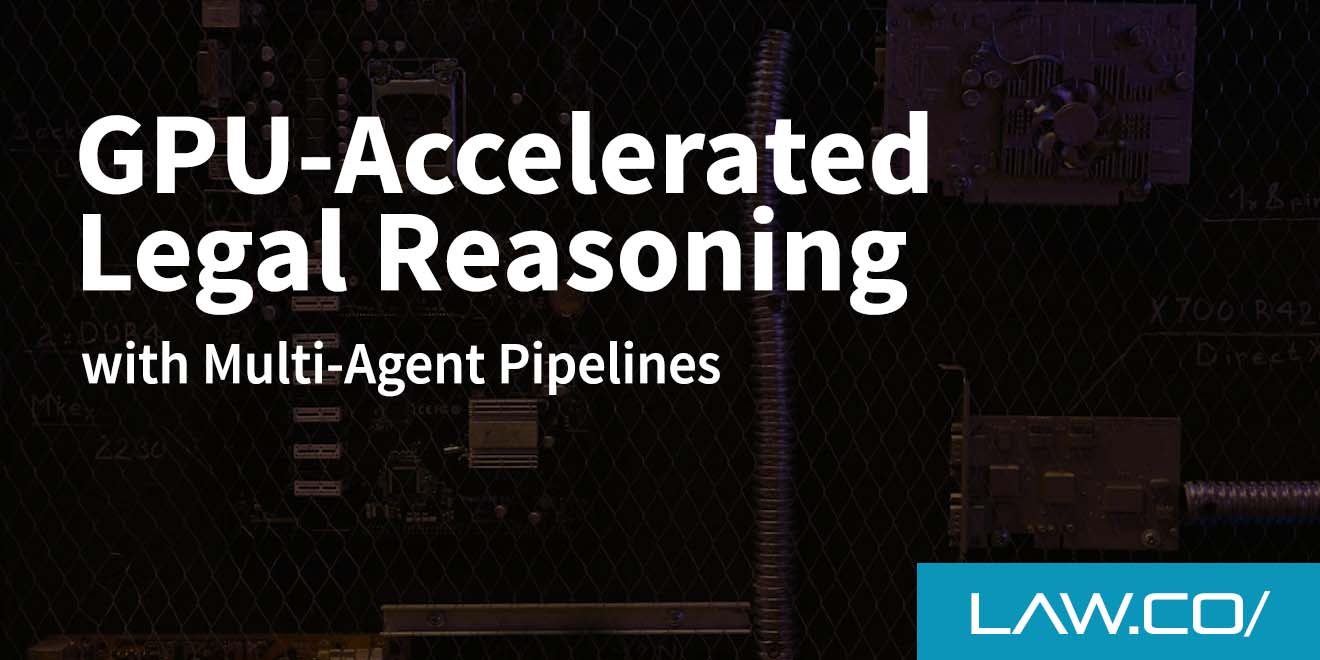

Embedding Fact Patterns for Semantic Alignment in Legal RAG
Lawyers and law firms are leaning harder than ever on lawyer AI that can sift through mountains of precedents, pleadings, and opinions in seconds. Retrieval-augmented generation (RAG) has become a headline tool for that job, but many legal professionals still struggle to make its answers feel as seasoned and reliable as a well-read partner.
The secret lies in embedding fact patterns in a way that aligns the model’s semantic compass with the nuances of legal reasoning rather than leaving it adrift in generic language space.
From Keyword Search to Semantic Understanding
The Limits of Keyword Search in Legal Work
Traditional search engines treat a brief or transcript like a collection of loose words. When you type “disparate impact,” the engine surfaces any document where those two tokens appear, whether it is a footnote in a treatise or an offhand comment in a deposition. That stops short of understanding how facts, procedural posture, and precedent interact.
For a lawyer preparing a motion for summary judgment, a hit that merely matches terms but ignores context is worse than useless, it burns billable hours.
Understanding Fact Patterns and Context
In litigation and transactional practice alike, meaning is welded to the underlying storyline: who did what, when, under which statute or contractual clause, and with which consequences. Those details form the fact pattern. Capturing that pattern, rather than just the surface text, is the difference between spotting an on-point case and being lured into a rabbit hole.
Semantic embeddings, dense vector representations trained to encode meaning, give machines a shot at understanding this subtle structure.
What Is Retrieval-Augmented Generation (RAG)?
How RAG Works in Plain English
RAG marries two engines. First, a retriever converts every document in your corpus into embeddings and pulls back the passages whose vectors sit closest to the user’s query. Second, a generator, usually a large language model, digests those passages and drafts an answer, citation footnotes and all. In theory, the retrieval step anchors the model to verified sources so that the generation step does not hallucinate.
Why Embeddings Are the Secret Sauce
If the embeddings are sloppy, think generic, domain-agnostic vectors trained on internet chatter, the generator can misinterpret a query about “consideration” as a question about politeness rather than contract law.
When embeddings are tuned to legal fact patterns, however, the retriever surfaces materials that share the substantive backbone of the user’s issue. The downstream prose suddenly sounds as if it were written by someone who has actually clerked for a judge.
Building High-Quality Fact Pattern Embeddings
Choosing the Right Granularity
A federal appellate opinion can run sixty pages, yet the legally relevant nugget might be a single paragraph summarizing the facts. Splitting documents into passages that align with logical units, holdings, rule statements, or factual recitations, lets the model lock onto the part that matters. Oversized chunks dilute the vector with irrelevant noise; undersized chunks fracture context.
Capturing Temporal and Procedural Elements
A litigator cares whether a motion was granted at the pleading stage or post-trial. Embeddings should encode that procedural timestamp just as vividly as they encode the substantive rule. Consider enriching each passage with structured metadata, court level, filing year, procedural stance, then blending that metadata into the vector space through techniques like concatenated embeddings.
The result: a query for “granting dismissal under Rule 12(b)(6) for lack of standing” returns early motions, not appellate affirmances years later.
Handling Privileged or Sensitive Sections
Client memoranda and internal strategy notes often sit side by side with public briefs in a law-firm repository. To avoid accidental disclosure, the pipeline can route privileged passages through a separate vector store guarded by stricter access controls. Tag vectors with an access hash or tenant ID, and instruct the retriever to skip any embedding for which the requesting user lacks clearance.
Quick checks before you click “ingest”:
- Strip out boilerplate headers and footers (court captions, page numbers) to prevent vector bloat.
- Normalize citations (e.g., “F.3d” vs. “F 3d”) so semantically identical paragraphs share nearby coordinates.
- Use a tokenizer that respects legal abbreviations; otherwise, “U.S.” may splinter into three tokens, eroding semantic fidelity.
Aligning Embeddings with Semantic Goals
Calibration with Subject-Matter Experts
Even the most elegant vector math benefits from a reality check. Gather a set of queries pulled from live matters, briefing questions, due-diligence prompts, policy drafting tasks, and have senior associates label which retrieved passages are on point. Fine-tune the embedding model using contrastive learning so that correct pairs gravitate together and off-topic pairs repel. Every iteration tightens the semantic mesh.
Evaluating Alignment Metrics
Precision and recall are only part of the story. Track:
- “Time-to-first-usable-passage”: For a random sample of user sessions.
- “Citation overlap”: The percentage of cases or statutes an attorney ultimately cites that were surfaced by the retriever.
- “Edit distance”: Measuring how much a lawyer must rewrite the generated answer before filing. A downward trend signals that embeddings capture context accurately.
Practical Tips for Lawyers and Tech Teams
Start Small, Iterate Fast
Pilot on a single practice group, say, employment law, so you can curate fact patterns tightly and gather feedback without boiling the ocean. Once you prove value, expand to neighboring domains like wage-and-hour or ERISA, tweaking your embedding pipeline along the way.
Pitfalls to Avoid
- Over-fitting to headnotes: Headnotes summarize holdings but often omit messy facts; relying solely on them can skew semantic alignment.
- Ignoring edge cases: Rare procedural stances (e.g., interlocutory appeals) deserve explicit representation in your training data, or the model will stumble when they matter most.
- Treating the system as a black box: Lawyers need transparency. Log which passages feed each answer and expose confidence scores so attorneys can exercise judgment rather than blind trust.
Conclusion
When fact patterns are embedded with care, RAG evolves from a flashy demo into a genuine co-counsel. Lawyers can jump straight from issue spotting to strategy, confident that the passages on their screen mirror the contours of their case. Embedding isn’t glamorous plumbing, but it is the ductwork that carries fresh, relevant air to the surface.
Get the semantic alignment right, and your firm’s knowledge base turns into a living, breathing ally, one that never sleeps, never misses a filing deadline, and always remembers the facts that matter.

%201.svg)










